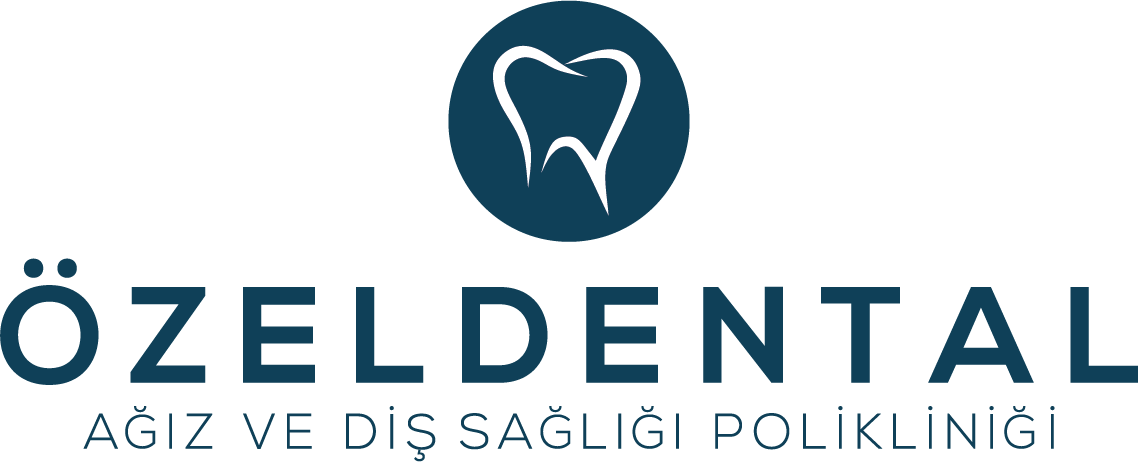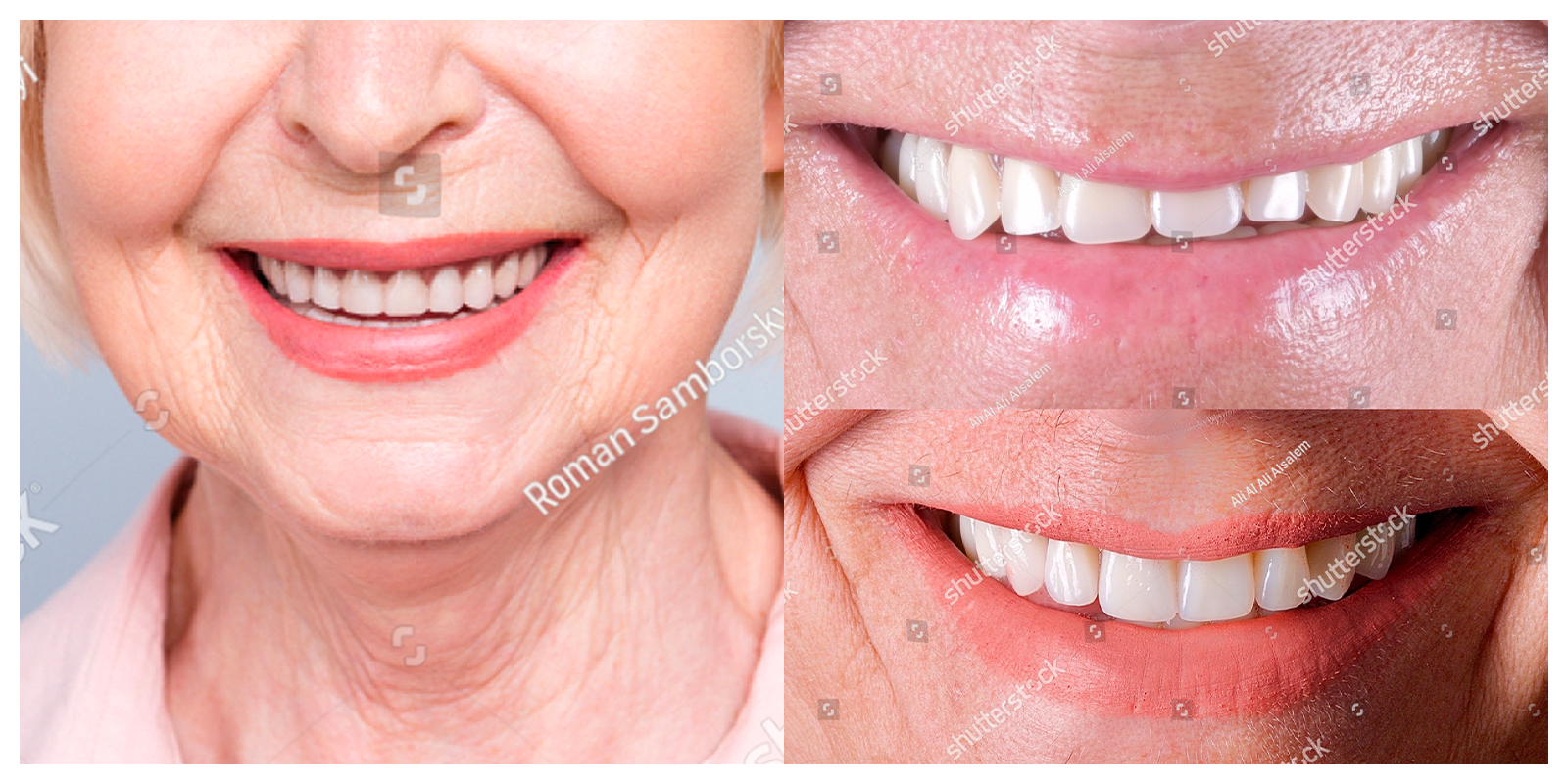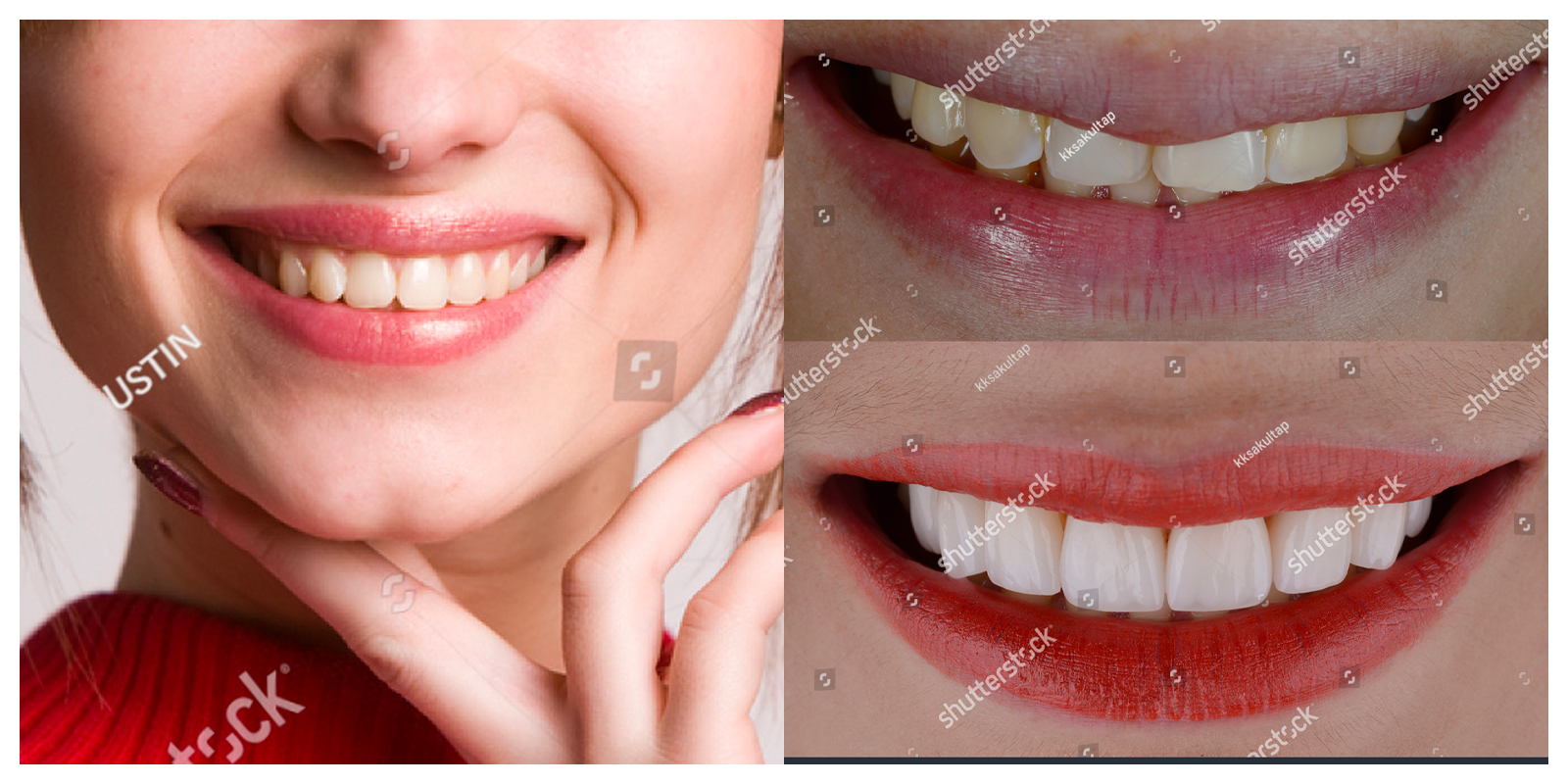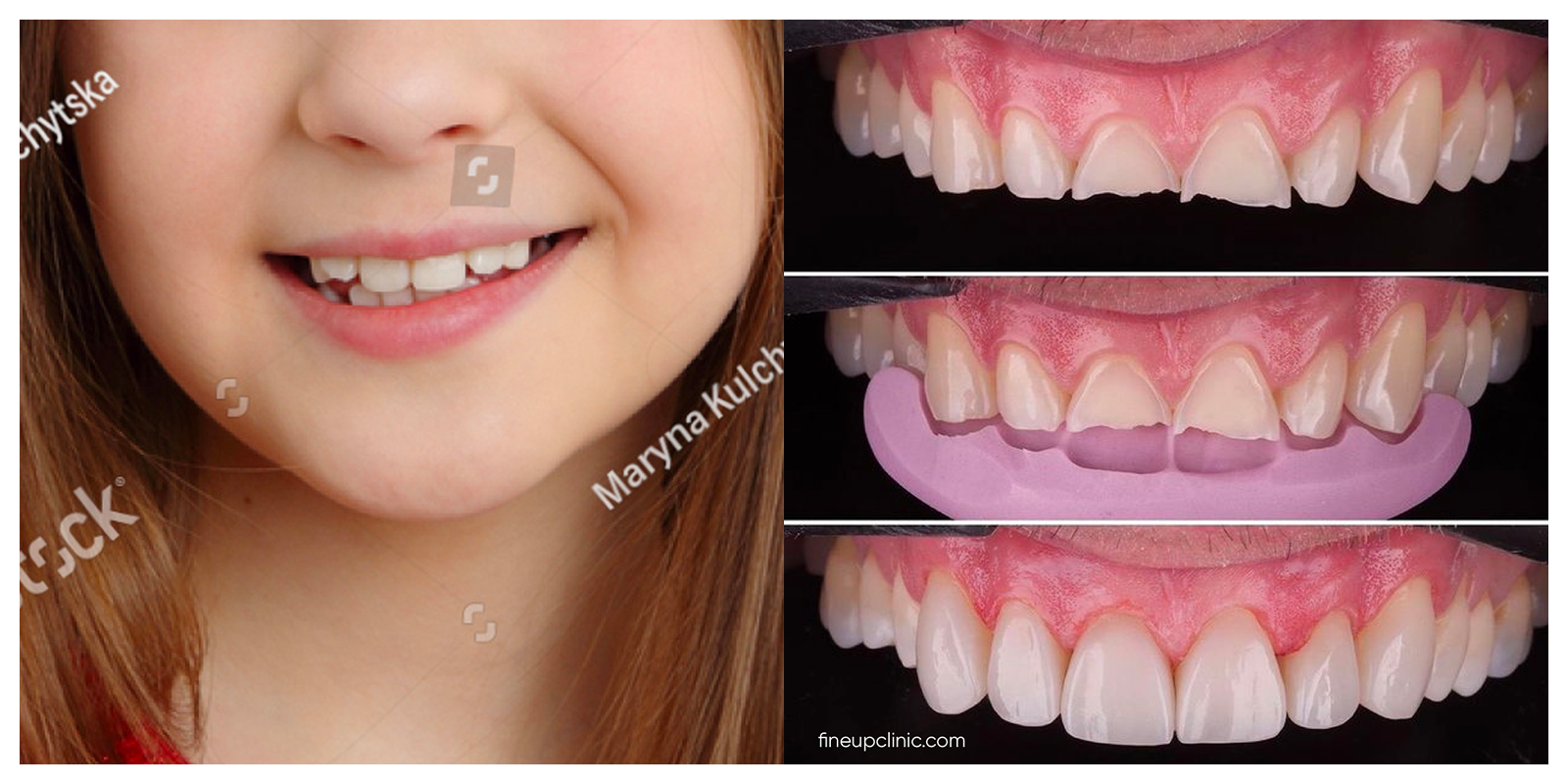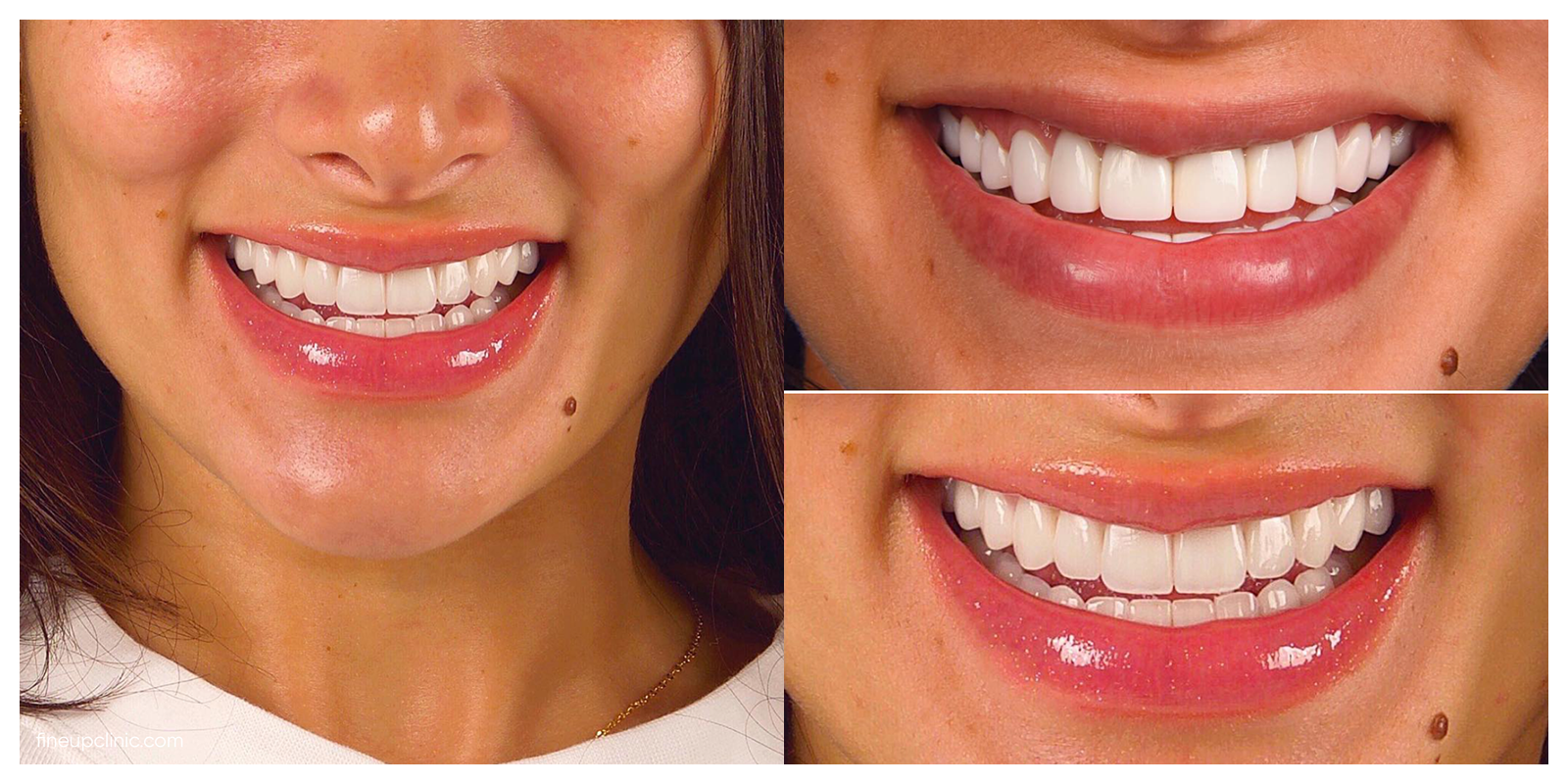Pedodontics
PEDODONTI (Pediatric dentistry)
Pedodontics is a branch of dentistry that deals with the protection of dental health, prevention of possible problems, treatment of diseases and protection of teeth for the future during the eruption of deciduous teeth and then permanent teeth.
WHAT ARE PEDODONTIC APPLICATIONS?
The applications of pedodontics are:
- Applications that prevent caries development
- Applications to prevent gum diseases
- Treatment of structural developmental anomalies
- Root canal treatment of milk teeth and permanent teeth
- Aesthetic treatment of milk teeth and permanent teeth
When Do Milk Teeth Come Out?
Baby teeth begin to emerge when the baby is 6-12 months old, and their eruption is completed when the baby is 24-30 months old. There are 20 milk teeth in total, 10 of which are located in the upper jaw and 10 in the lower jaw.
When Do Permanent Teeth Come Out?
Permanent teeth erupt at the age of 5-6 with the eruption of the first molar, and it is completed around the age of 20. Of the 32 permanent teeth, 16 are located in the upper jaw and 16 in the lower jaw.
When should the first dental examination be done?
After the first tooth eruption (between the 6th and 12th months), the first dental examination should be performed. Afterwards, dental development is followed up with checks every six months, necessary treatments are carried out and the children are accustomed to the dentist.
What is bottle rot?
Baby bottle rot occurs before and/or during sleep, when a baby bottle containing sugar/honey milk or sweetened pacifiers are given to children. Depending on the long-term retention of sugary milk in the mouth, it causes staining on the teeth and then caries.
Considerations for Preventing Baby Bottle Caries
Since cavities are difficult to treat in babies, care should be taken to avoid bottle cavities. For this:
- Hygiene of the teeth should be ensured when the first milk teeth begin to appear (between 6-12 months). Teeth can be cleaned by wrapping a clean and slightly damp cloth on the index finger or a finger brush can be used.
- Putting the baby to sleep with a bottle or a sweetened pacifier should definitely be stopped around the age of 1-2.
- With the eruption of the first milk tooth, the baby should be taken to the first dental examination, and then every 6 months.
- Between the ages of 2-4, teeth should be brushed with or without a toothpaste recommended by the dentist.
- No sweetener should be added to the milk, even if it is natural.
- Tooth Preserving Methods Applied in Children
1) Fissure Sealers
Fissure sealants are clear or white liquids used to cover recesses on the chewing surfaces of molars. By covering the recesses, the accumulation of various residues on these surfaces and the resulting caries are prevented. It will be extremely beneficial to use fissure sealants as soon as the molars erupt. It is a painless procedure.
2) Fluoride Varnish (Fluoride Lacquer) Application
Thanks to the fluoride varnish, which is in the form of gel, foam or polish, the enamel structure of the tooth is strengthened. It is applied to the tooth. It can be done around the age of 3 years. Hot and hard foods and drinks should not be taken in the first four hours after the procedure.
Fluoride can also be administered systemically. Fluoride can be added to drinking water or milk. Systemic administration should not be done without consulting the physician.
Extraction of Milk Teeth
If no treatment options can be applied or if it is thought that permanent teeth will be damaged, tooth extraction is applied. Apart from this, it is very important to protect the milk teeth in the mouth in order for the permanent teeth to come out in a healthy way. A radiological evaluation is essential before the extraction decision.
After the primary tooth is extracted, the primary tooth cavity must be protected in order for the permanent teeth to come out easily. In this way, the necessary space for the permanent tooth is not covered. For this purpose, placeholder apparatuses are used. If a single tooth is extracted, a fixed placeholder is attached, in case of multiple tooth extraction, a movable placeholder is attached. While the child cannot remove the fixed holder himself, he can attach and remove the movable holder himself. When permanent teeth start to erupt, a dentist should be consulted.

